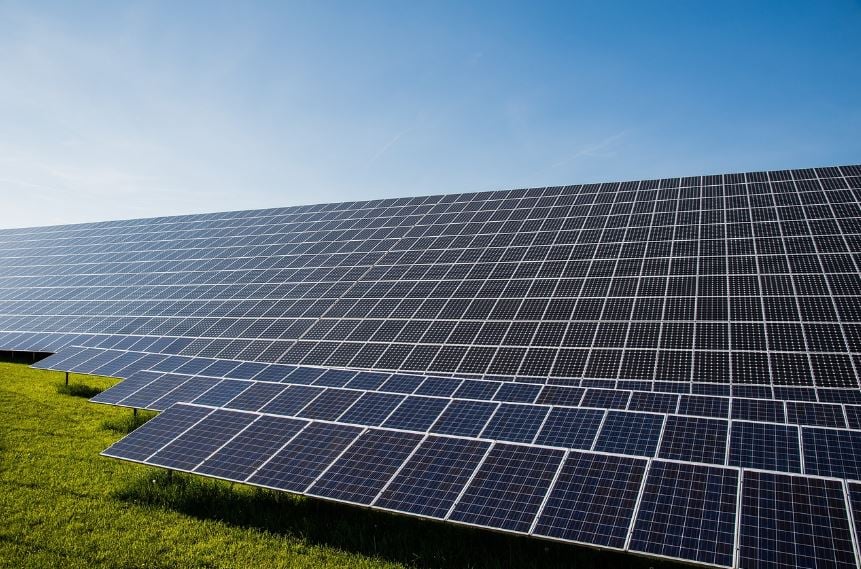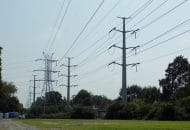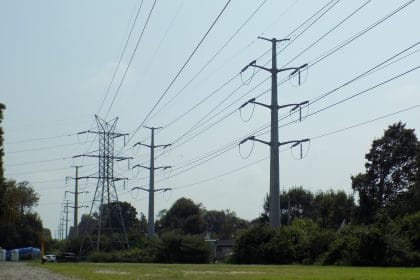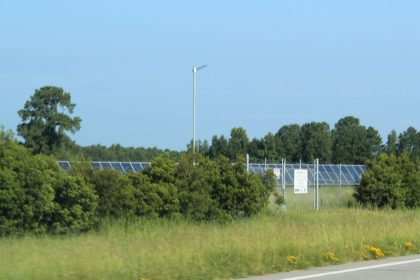Online Public Database of Large-Scale Solar Facilities Released

WASHINGTON — The Biden administration has released a comprehensive online database of large-scale solar energy projects in the U.S. so decision-makers can better understand and plan future projects and researchers can identify emerging trends in the sector.
Developed by the U.S. Geological Survey in partnership with the Department of Energy’s Lawrence Berkeley National Laboratory, the database has been designed to make information reported by the government more timely and easier to access than it was in previously existing datasets.
Since 2020, DOE’s Energy Information Administration has hosted an interactive database with coordinates of the central point of large-scale solar facilities.
The new database augments this information by providing data on the total footprint area and detailed attributes of each facility, including panel technology type, axis type, year of installation and generation capacity.
The dataset includes ground-mounted solar facilities constructed through the end of 2021 with capacities greater than 1 megawatt direct current. It includes more than 3,900 large-scale solar ground-mounted facilities in 47 states and Washington, D.C.
“Nearly 4,000 solar systems are mapped in this database, providing a crucial new asset for researchers, energy planners, government, and the solar industry,” said Jeff Marootian, principal deputy assistant secretary for Energy Efficiency and Renewable Energy.
“The abundance of detailed information in this database will help us improve the responsible siting of large-scale solar energy projects across the country to benefit communities and meet our climate goals,” Marootian said.
According to the DOE, ground-mounted solar could require 5.7 million acres by 2035 and as much as 10 million acres in 2050 in order to achieve the administration’s decarbonization goals.
The database is part of the DOE’s ongoing research to reduce the cost and understand the impacts of siting solar and to develop strategies for maximizing benefits from large-scale solar facilities to host communities.
In addition to the attributes outlined above, the new database incorporates information from the Environmental Protection Agency’s RE-Powering data that provides descriptions of facility site types, including whether it is a greenfield, or has previous, current or suspected contamination.
It also identifies agrivoltaic sites, which locate agriculture under or between solar panels, with data from the National Renewable Energy Laboratory’s Innovative Solar Practices Integrated with Rural Economies and Ecosystems agrivoltaics program.
The two agencies have scheduled a webinar to explain the database and its online viewer on Nov. 16 at 1 p.m. EST. To register, click here.
Those wanting to read an expanded paper describing the dataset can do so here.
Dan can be reached at [email protected] and at https://twitter.com/DanMcCue

























